Japanese discount store Don Quixote is known for selling a range of weird and wacky things, but they also have their own brand of food products for sale. Called ‘Jonetz‘, Don Quixote’s home brand is not like other supermarket home brands, and in line with Don Quixote’s offerings in general, it tends to offer unique products you never knew you needed, like shiitake mushroom snacks designed for people who don’t like mushrooms.
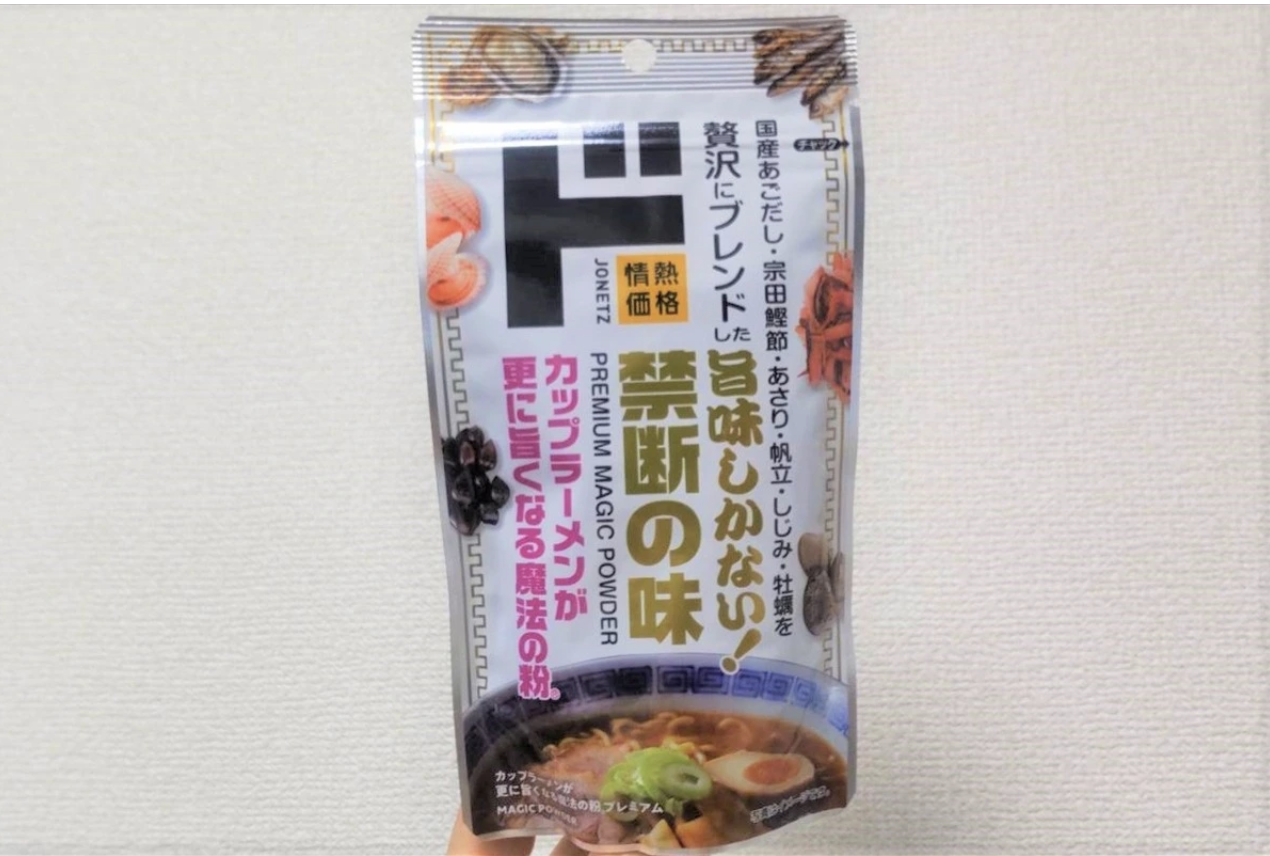
Our reporter Haruka Takagi is a huge fan of the Jonetz brand and regularly visits her local branch of Don Quixote to see what they’ve added to the line. At the moment, she’s really into their Premium Magic Powder, which describes itself as “a magic powder that will make instant ramen taste amazing."

The powder is made up of mostly seafood based ingredients, like flying fish powder and clam extract. It’s recommended to mix up to three teaspoons of the powder into some instant ramen to make it taste even more delicious.
Haruka describes the taste of the improved, ‘magic powder’ cup ramen as akin to “disco balls going off in your head." It instantly levels up the taste of an ordinary cup of ramen with very little effort required; this is definitely magic!
And such pleasing results got Haruka thinking; surely the magic powder’s use isn’t limited to just instant noodles? What if she used it in regular cooking, too?
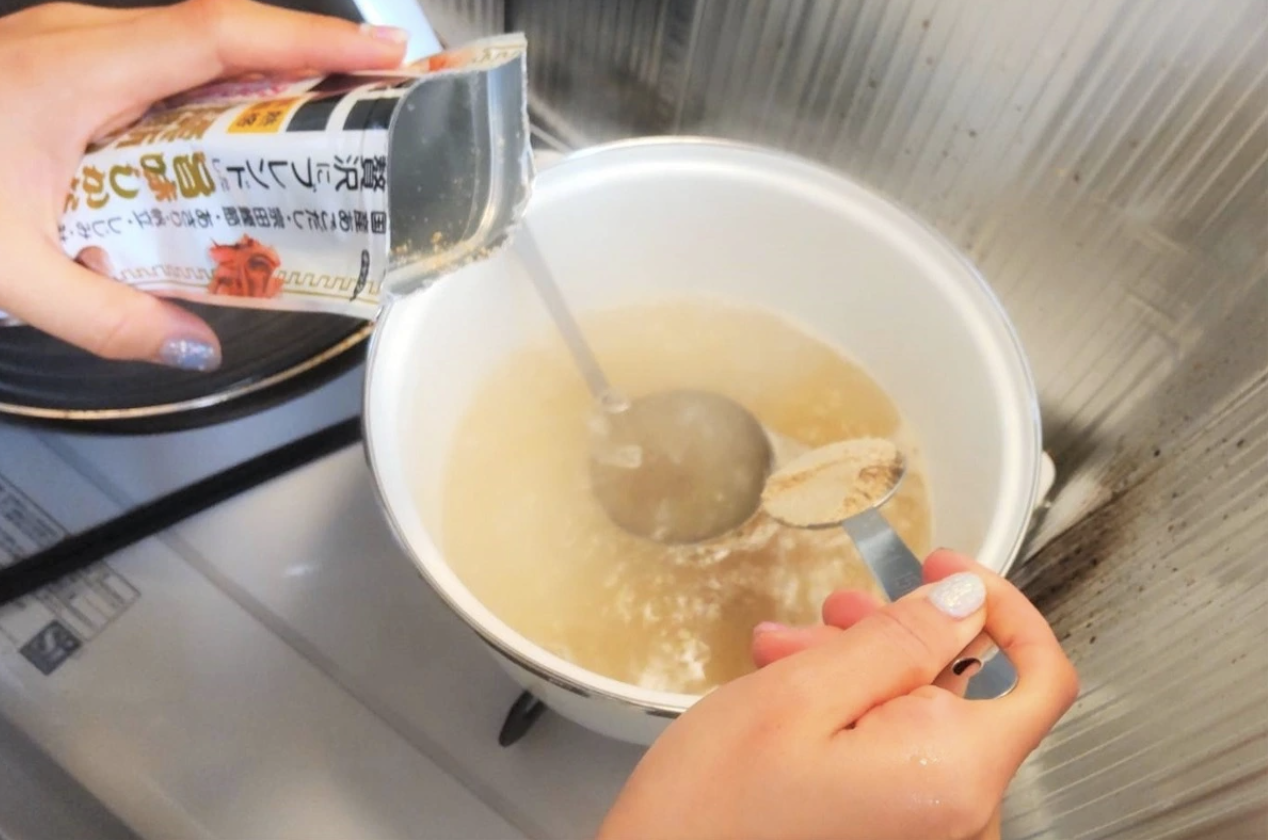
She started off by making some ‘magic broth’ by boiling 500 milliliters of water in a saucepan. She then added two tablespoons of the magic powder.
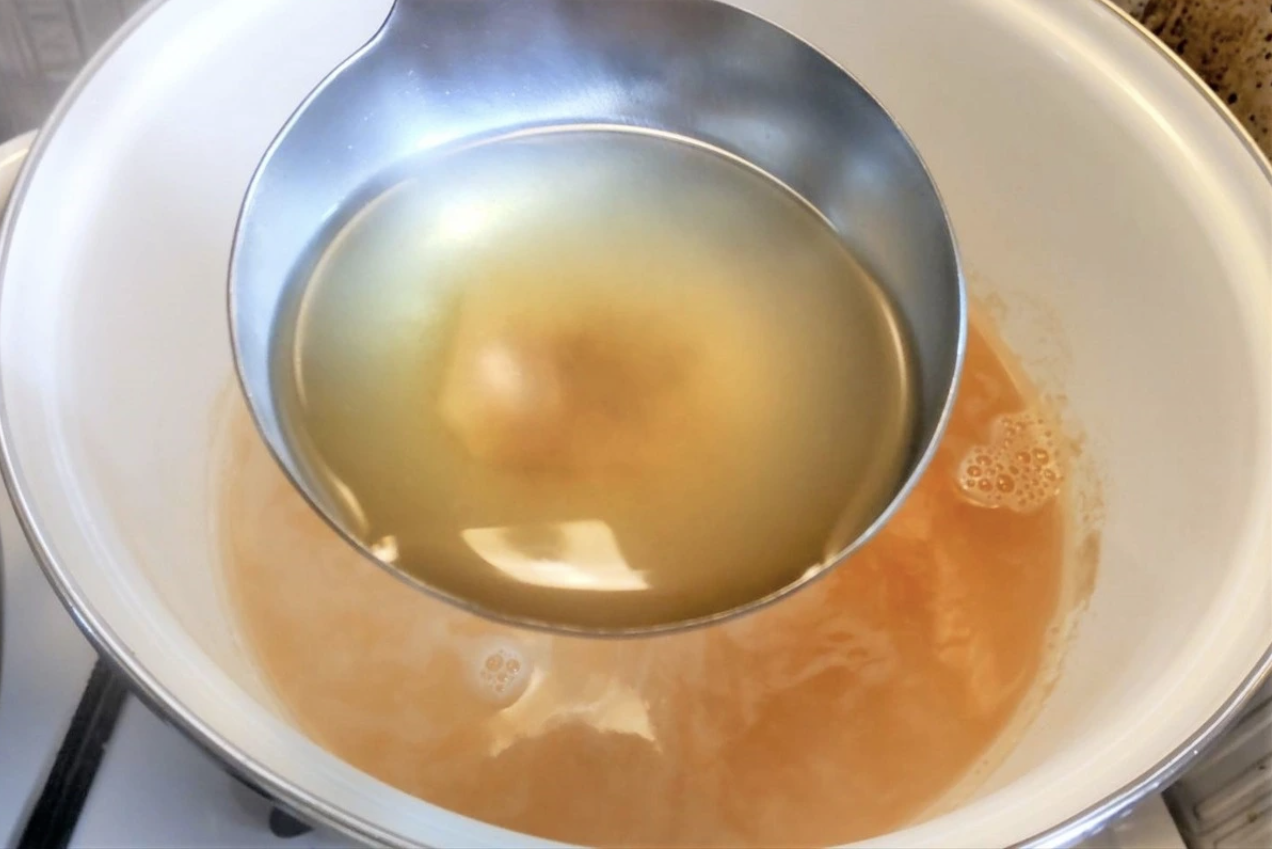
The aroma of bonito started to fill the air as the broth turned an appealing golden shade. As Haruka peered down at her creation, she couldn’t help but smile. This was surely going to taste delicious.
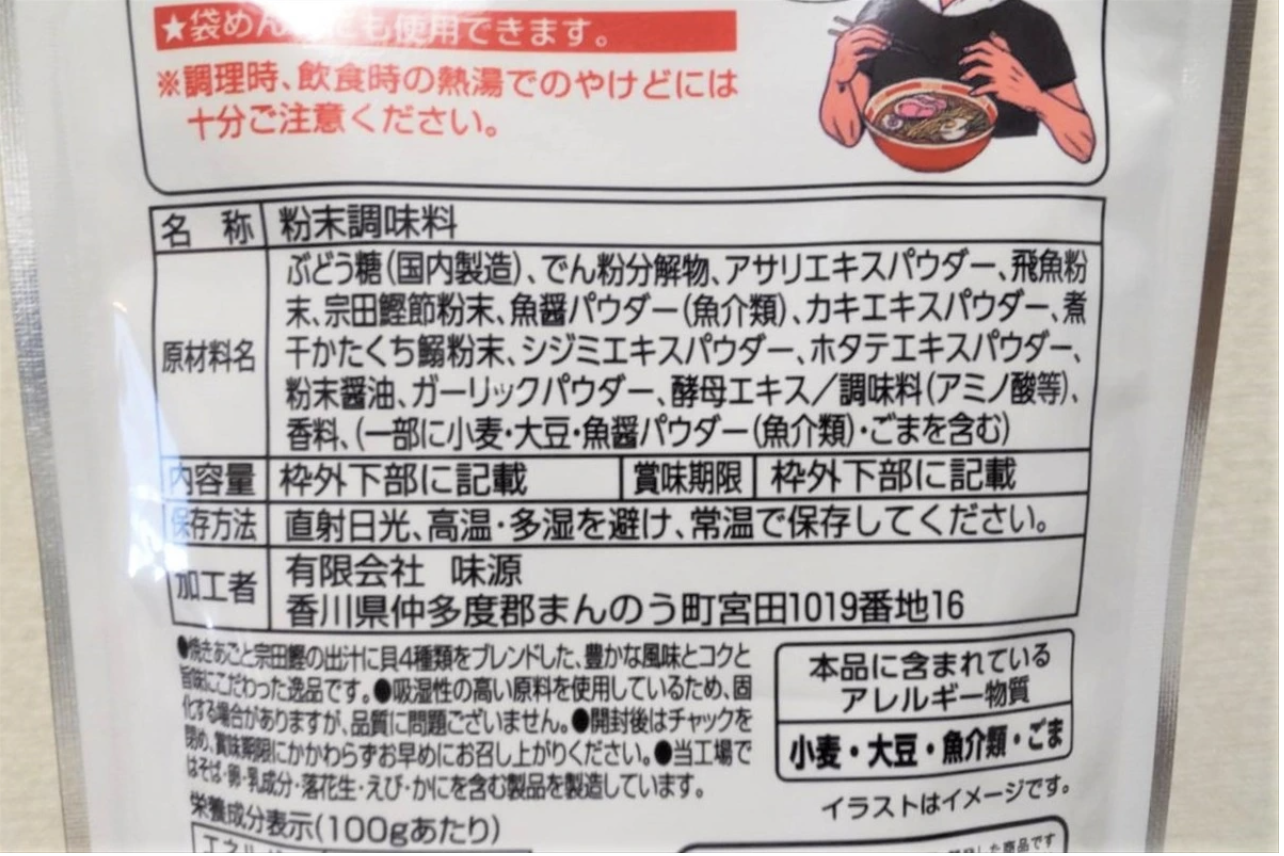
Unfortunately, the reality didn’t quite live up to her expectations, as a test sip was certainly full of flavour, but severely in need of some salt. In fact, it actually tasted a little sweet.
As the magic powder was designed to put into instant ramen — an already quite salty meal — Haruka suspected that adding extra salt to the powder would make the ramen much too salty. And a quick glance at the ingredient list confirmed Haruka’s suspicion; there was no salt at all. In fact, the first ingredient listed was glucose.
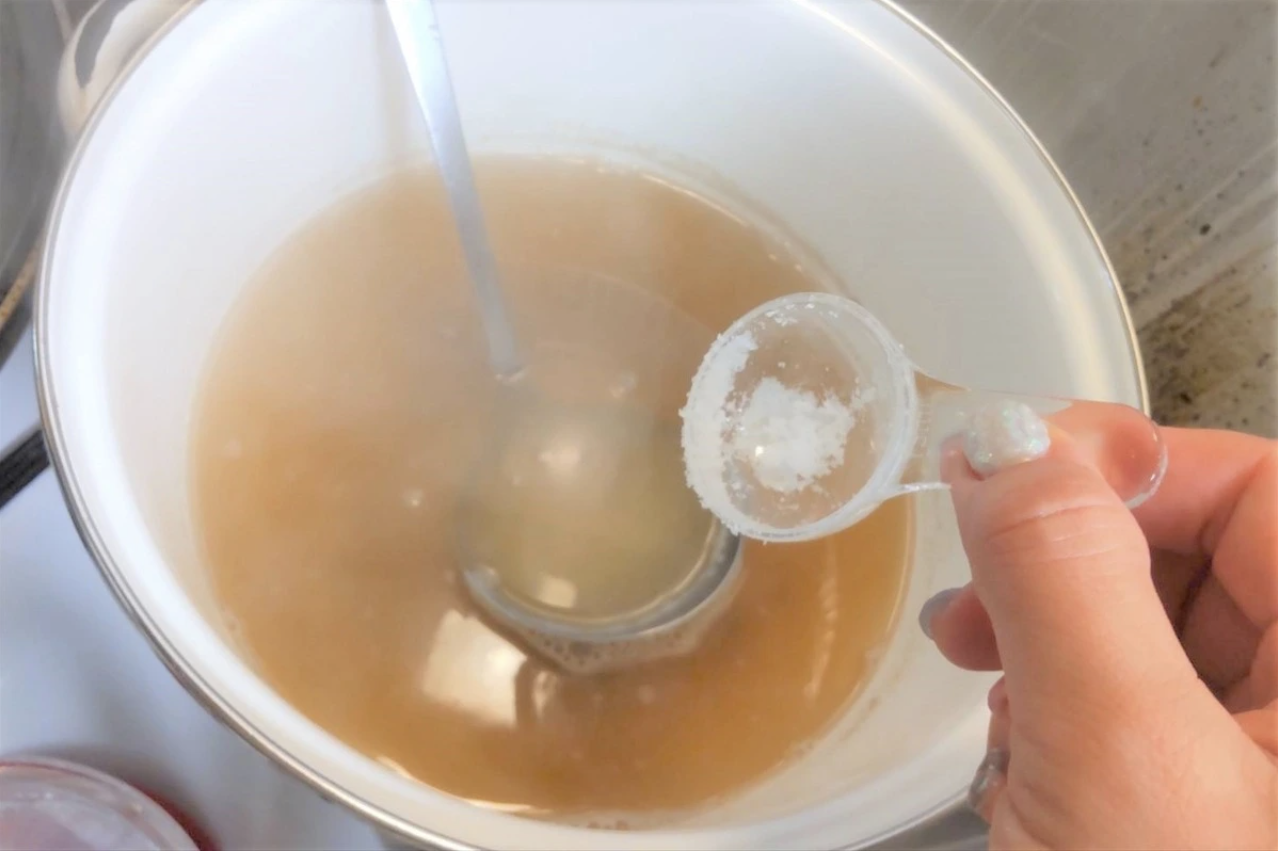
Well, that could be remedied by adding a little salt into the mix, which Haruka did.

When the broth was nice and salty, she poured in some eggs she’d whisked earlier, and gently cooked them in the piping hot broth.
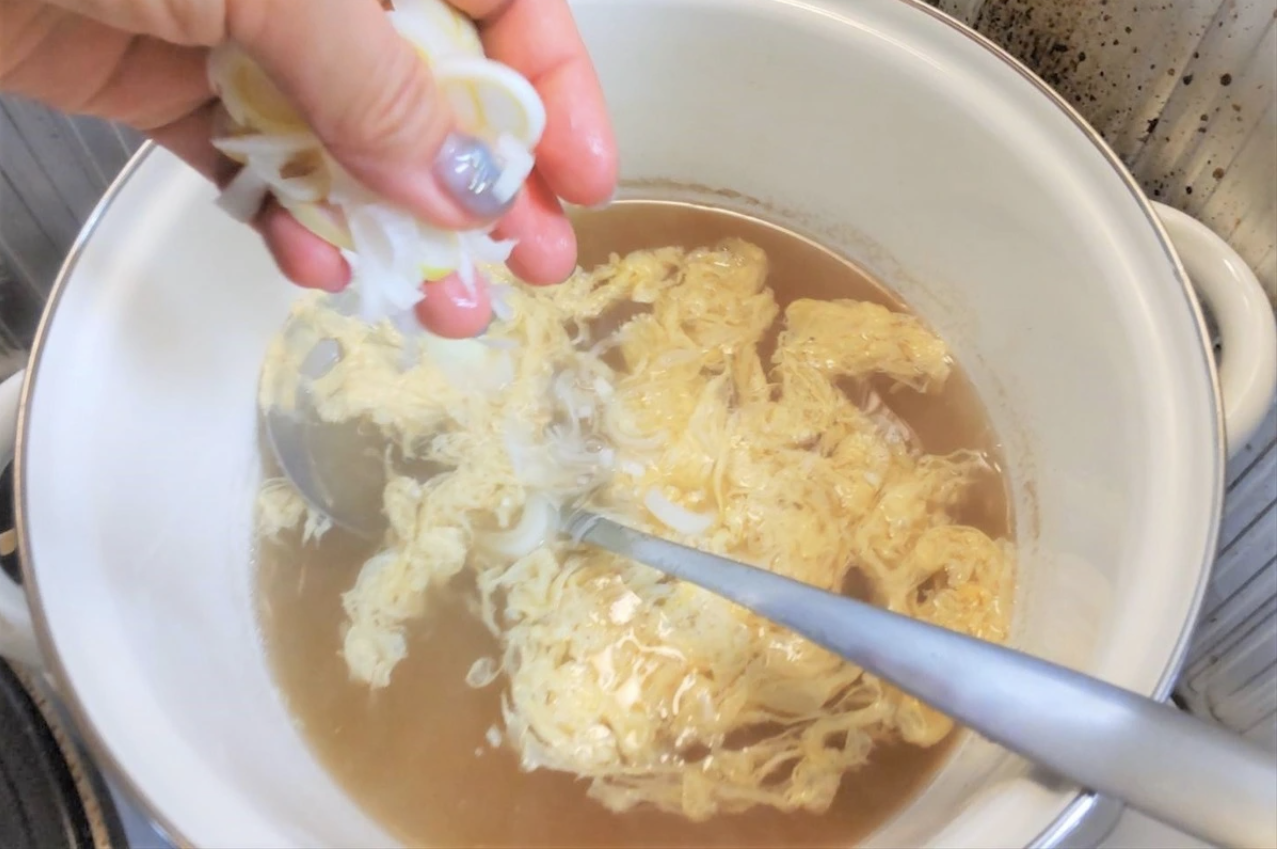
Haruka followed that up by adding some roughly chopped onion…
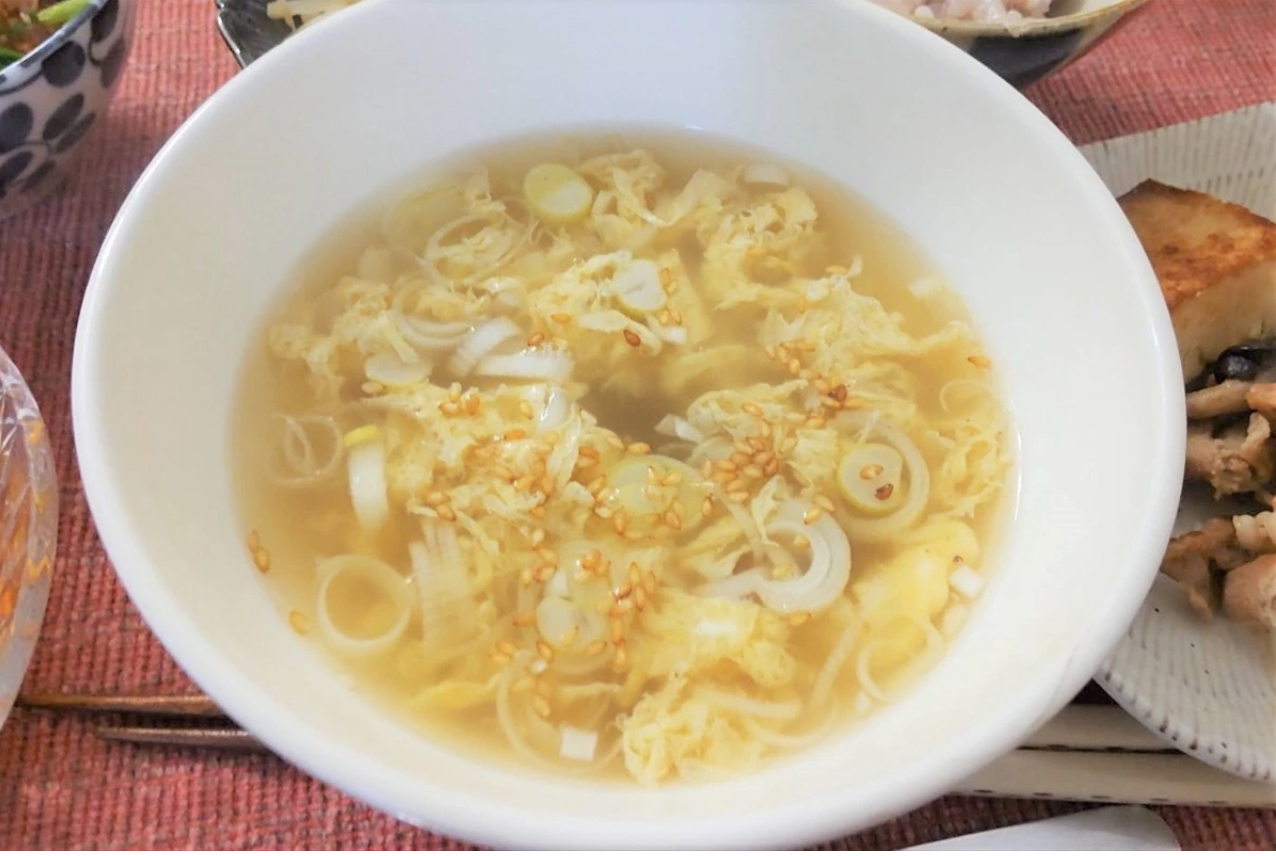
… with a sprinkle of sesame seeds to finish. Ta da! Her Magic Powder soup was ready to eat.

And the verdict? It tasted like umami in liquid form. If normal soups and broths have a taste ratio of 50 percent umami, 20 percent saltiness and 30 percent everything else, this magic soup was more like 80:10:10.
Each mouthful was a fishy flood of clam, scallop, flying fish, bonito, and oyster, like your taste buds were taking a dive into the deepest oceans of flavor. The flavors were rich, yet somehow Haruka never seemed to tire of them.
Haruka was overjoyed with her kitchen experiment success, but fears she may never be able to go back to regular "normal"-tasting food from now on. But that’s OK, as she’s pretty sure the Magic Powder can be used in a whole variety of foods, such as a seasoning for chips or rice dishes, or as a secret ingredient in Japanese curry. The possibilities are endless.
If you’d like to experience the magic of the Premium Magic Powder, you can find it at Don Quixote for just 408 yen a bag.
Photos ©SoraNews24
Read more stories from SoraNews24.
-- We don’t know if Japan’s Pizza-Tara is really pizza, but it’s really good
-- New “Rainbow Potato Chips” are disappointingly not multi-colored, but delightfully multi-flavored
-- Looking for a more accessible “Ramen Broth Hardening Powder”? Look no further!
- External Link
- https://soranews24.com/2023/03/07/don-quijotes-magic-powder-promises-to-make-food-taste-mind-blowingly-delicious/
 Take our user survey and make your voice heard.
Take our user survey and make your voice heard.
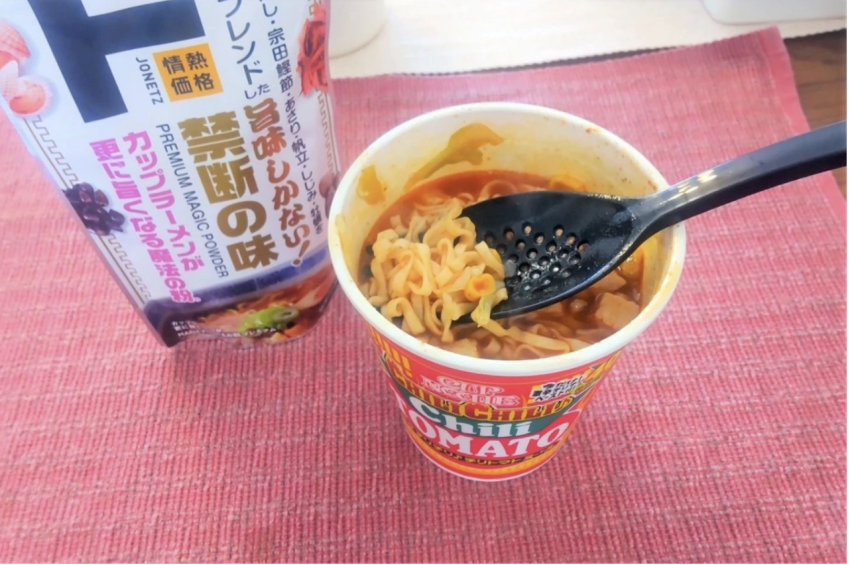



7 Comments
Login to comment
Mark
For years now and according to many health experts, processed foods like dried noodles and others are loaded with high levels of SODIUM, additives, and preservatives that are BAD for your health from Vascular diseases to Blood Clots, Stomach Cancers, and Strokes.
Stick with natural fresh veges , make your meal or buy a fresh bento . Japan has many delicious Bentos at your local Supermarkets,
kohakuebisu
The main ingredients are sugar and starch. After that, its just lots of powdered seafood, yeast extract etc. for umami. I don't know why this is being put in a "chili tomato" cup noodle and not a more conventional raamen like one the product has been designed for.
The easiest way to boost raamen is to add ra-yu chili oil, preferably a mixed one with flakes of garlic, onion, etc. in it. You can get non-spicy ones if you don't like heat. Its about 300 yen for a little jar.
gokai_wo_maneku
I know what people are thinking. Does it contain cocaine?
Hito Bito
From the 1950s to the early 1980s, almost all Chinese food restaurants in the US used "magic powders" to make their Chinese food "taste mind-blowingly delicious", too. Then the local food journalists caught wind of the stuff, and investigated to find out what it was. Turned out, their "magic powder" was MSG, or Monosodium Glutamate. It caused a huge scandal since a lot of the public believed it caused various health problems, and many Chinese lost their restaurants due to public avoidance, so much so that for decades afterwards it was common for Chinese restaurants to uniquely advertise in their promos and on their windows: "NO MSG!!" (Nowadays MSG isn't considered harmful by the majority of the world's Food Safety administrations.)
Ironically, if you look up the history of MSG, you'll discover that it was actually a JAPANESE who first started adding that "magic powder" to foods in order to trick people's brains into thinking what they were eating tasted "mind-blowing" (in his case, that meant recreating the "umami" flavour "unique" to the seaweed food "kombu." You can still find it introduced into many savoury foods here, even as an additive in table salt ("Aji-shio" or "flavour salt"). And the original trade name for the original MSG additive first patented and perfected in Japan in 1909? You might be familiar with it, too: it was called "AJINOMOTO" (essence of taste), which has grown into a massive ongoing food additive conglomerate!
I thought that's what this was going to be, too...but instead, it's some starchy seafood-laced powder. Meh. Colour me unimpressed with adding fish/sea flavouring to everything and anything under the sun.
TrevorPeace
I prefer to mix my own 'powder', thank you. Different 'powders' for different kitchen creations. The ingredients are all in the spice aisle at your local grocery store, and in my spice cupboard, in case you can't find what you want.
cleo
Uggh, no thank you. I’ll stick to salt, pepper, herbs and spices, thank you.